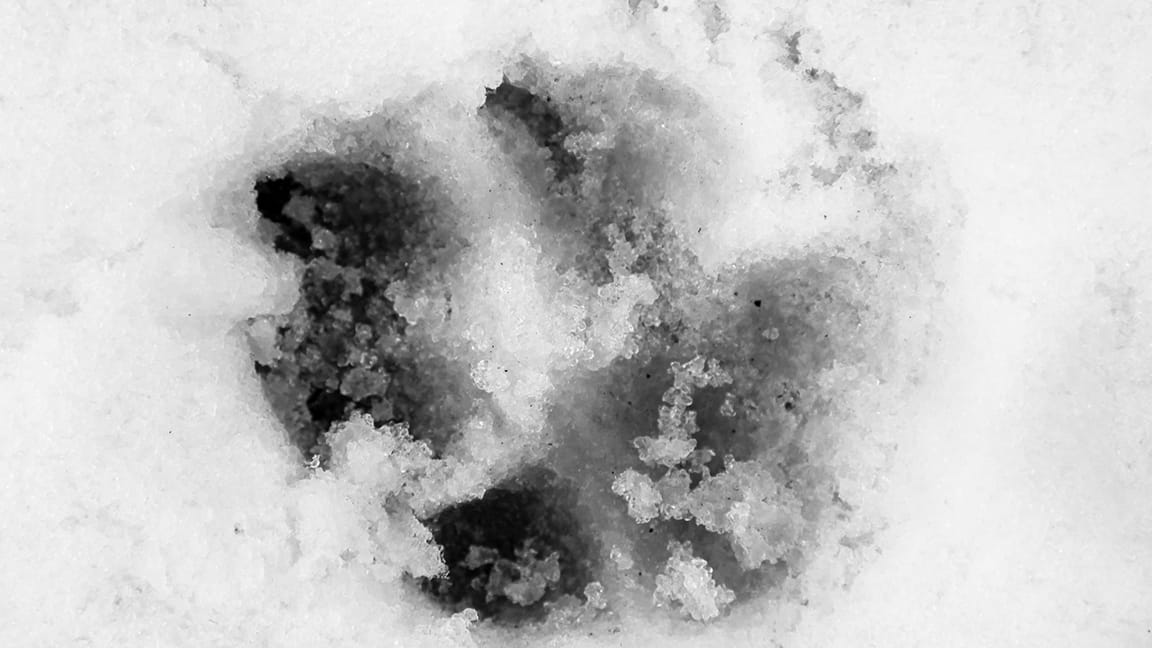Vaporware Pleistocene megafauna
Indignity Vol. 5, No. 64

THE WORST THING WE READ™
I Fear the Fake Dire Wolves Will Never Die Out
THERE ARE ENOUGH real problems in the world to worry about without paying attention to fake things, except one of the real problems is that there's a whole industry that makes fake things and convinces the media and the public to pay attention to them. This week, a host of publications reported on the news, or the news-shaped claim, that a gene-technology company had produced a batch of what it called dire wolves. "The Dire Wolf Is Back," ran the headline in the New Yorker, published online next to a big photo of a fluffy white canid puppy.
The subhead read: "Colossal, a genetics startup, has birthed three pups that contain ancient DNA retrieved from the remains of the animal’s extinct ancestors. Is the woolly mammoth next?" The photo credit read: "Photograph by John Davidson / Courtesy Colossal."
The "Courtesy Colossal" credit may as well have been stamped all over the piece. Here was how the writer, D.T. Max, described the beginning of the reporting:
[I]n late February...someone turned on his computer and showed me a photograph of two cute white dire-wolf pups sitting on an asymmetrical throne made of iron swords. At first glance, it looked like an A.I.-generated image, but I was told that these were actual living animals. They were growing up at an undisclosed location, but in a few weeks he would let me go visit them.
In less dramatic language, someone connected to the genetics company pitched the magazine a PR story, and the magazine agreed to do it. The setup was on the company's terms—not just that the company would "let" the reporter "go visit," like an industry-friendly tech writer getting a personal tour of the Metaverse, but conceptually. When D.T. Max wrote that he was looking at "a photograph of two cute white dire-wolf pups," he was not looking at any such thing. The last dire wolf, the huge prehistoric carnivore Aenocyon dirus, died 10,000 years before the invention of photography.
The puppies the New Yorker was nonchalantly or gullibly calling dire wolves were gray wolves—standard, familiar wolf-wolves, Canis lupus—whose genomes had been given a few edits. Some, but definitely not all, of those edited genes may (but also may not) have been copied from an incomplete genome that Colossal had reconstructed from ancient dire-wolf remains. The details of the dire-wolf part descended into vagueness and the shadows of a discussion that, Max wrote, Colossal insisted be kept off the record, in the name of protecting the "company's I.P."
A wolf with some bits of potentially dire-wolf-related genetic material spliced into its genome is in no way a dire wolf. But a New Yorker story with a marketing release woven into it might as well be a marketing release.





